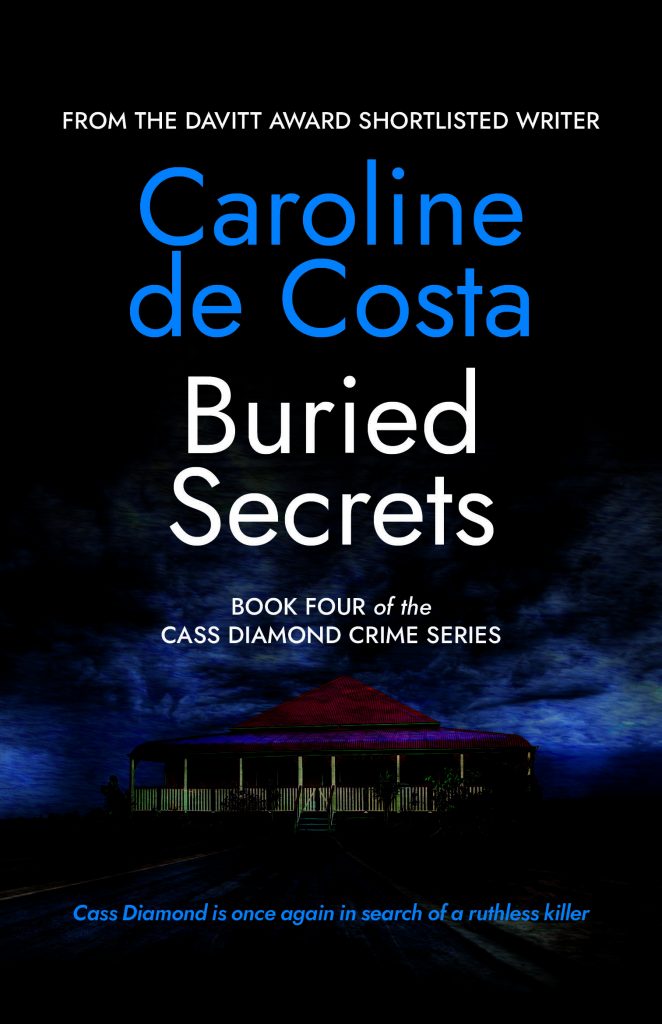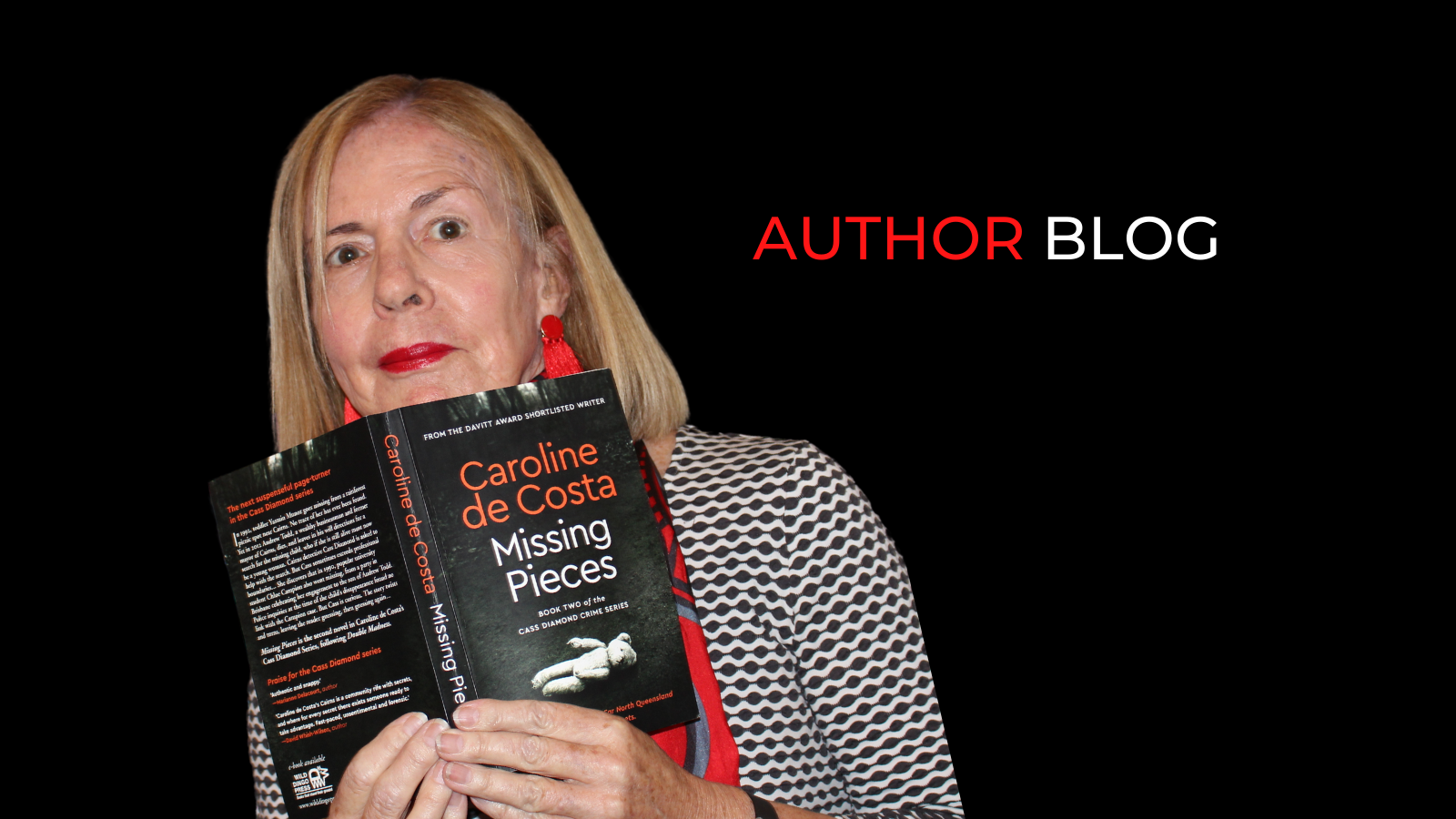I first discovered FNQ – Far North Queensland – in 1994 when I came to do a locum in Cairns Hospital. The town had more of a frontier atmosphere then. The bitumen of the Bruce highway ran out not far along the only road to Cooktown, and the dirt road up to Cape York was impassable in the Wet season.
As part of the locum job, I did clinics in the Aboriginal communities of Aurukun and Pormpuraaw, flying in a tiny Cessna with one pilot and one nurse. Leaving Cairns airport, we flew over thick virgin rainforest in a wide strip along the Coral Sea coast; tree ferns flourished beneath a canopy of oaks, mahogany, and palms, and every possible surface was covered with a gorgeous tangle of mosses, creepers, and clinging vines. We climbed high over the mist-shrouded mountains of the Great Divide, on over the miles of spare dry eucalypt of Cape York, and down into the Gulf country, where rivers the colour of molasses snaked their way to the sea. Pormpuraaw airstrip borders a crocodile farm, a strong incentive to pilots to make a tidy landing.
I was hooked then, by the land, by the work, and by the people. I soon moved to Cairns and though I’ve now partly retired to Melbourne come back regularly. So, it was not surprising that when I decided to try my hand at crime fiction, I chose to set it in country I love.

The rainforest is pristine and beautiful. But it grows quickly, and can hide a myriad of things. People. Bodies. Cars. Shanties. Bushies seeking solitude can live for years undisturbed. Traditional owners intimately know the paths and tracks through the forest and up the range but outsiders can easily perish, by accident or by design, leaving little trace.
The scrubby plains of Cape York are unforgiving to stranded motorists unfamiliar with the vastness of the place, bigger than England, Scotland, and Wales combined. An unmarked grave or two can go unnoticed. The swamps close to the Gulf are impassable on foot to strangers, and mudholes can trap the unwary.
Then there are the crocs – not as plentiful as the media might suggest, but definitely a force to be reckoned with. Amethystine pythons writhing in the forest, and smaller but more venomous serpents. Scorpions. Aggressive cassowaries. The terrible stings of the Gimpy-gimpy tree.
Remote coastal creeks are hiding places where drugs and guns from PNG can be unloaded. Boats can slip unnoticed out to international waters, carrying goods or people. Plastic boxes of cocaine can wash up on distant beaches. Tiny low-flying aircraft can land unseen on small dirt airstrips.
And the weather! Merciless heat and humidity. Cyclones wiping away all traces of new crimes, or perhaps uncovering old ones. Sudden torrential downpours trapping vehicles and people in mud.
All of these I’ve incorporated into the four crime fiction novels I’ve so far written with Detective Cass Diamond of Cairns CIB as the main protagonist, including much of Cairns daily life as I know it. Of course, others have been equally enchanted by the place. Candice Fox and Helene Young have both set brilliant books in the region (and I know a second season of Troppo is coming soon!) There’s room for us all!
Caroline de Costa worked as an obstetrician in FNQ from 1994-2021. She is the author of Double Madness(2015, shortlisted for the Davitts in 2016), Missing Pieces (2018), Blood Sisters (2019), and the recently published Buried Secrets, all featuring Cass Diamond, and a prequel to the series, Hidden Lives (2022). More info here.
